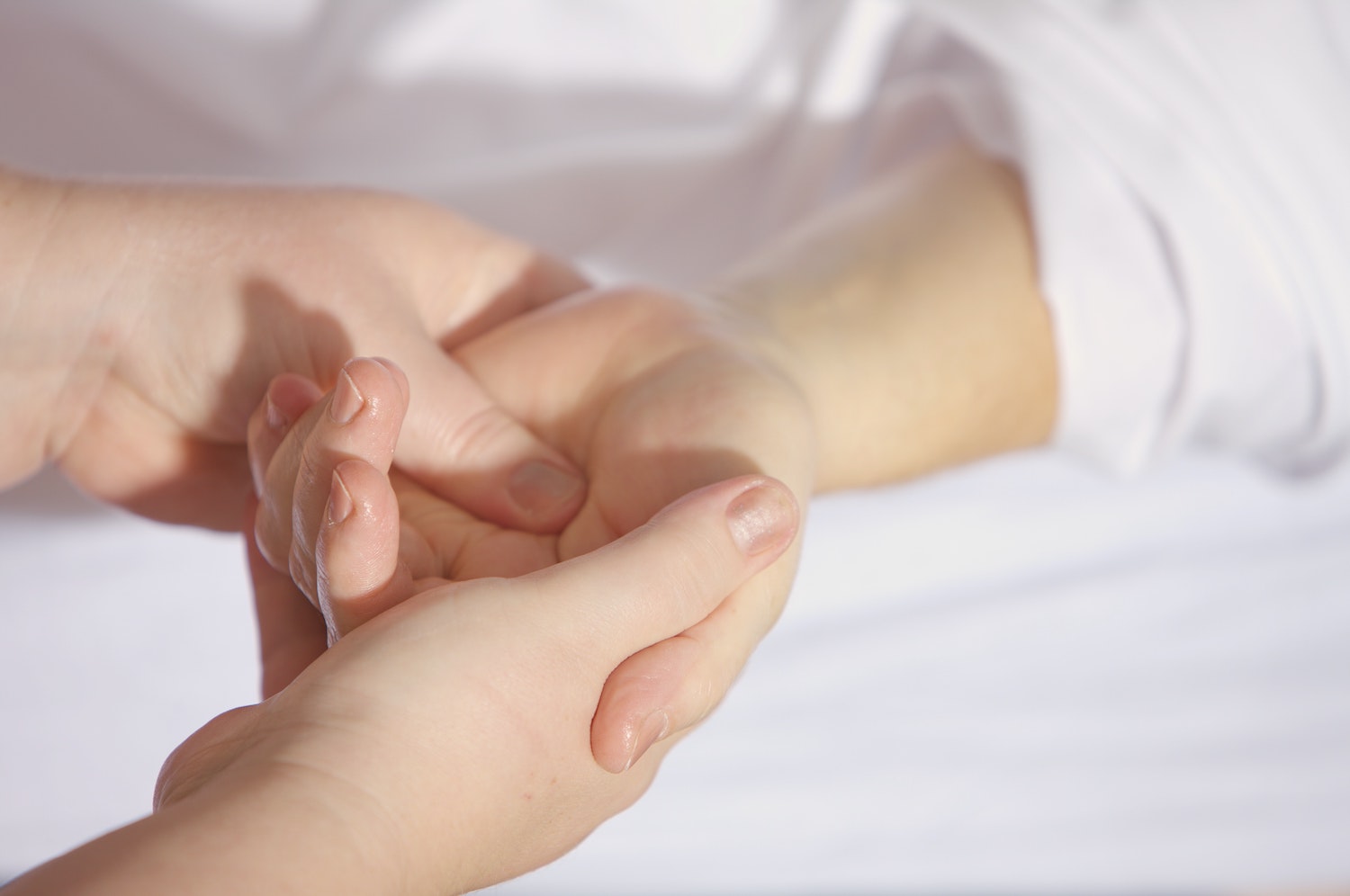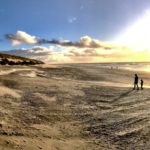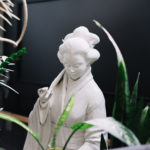
Channel theory massage and manual medicine
by Ethan Murchie
Why should a massage therapist care about the Chinese concept of “acupuncture” channels? Neijing channel theory, on which we can say all of Chinese medicine is based, is the concept that the body’s parts are linked together in functional units that include internal organs, extremities, tissue planes, sense organs, mental/emotional patterns and of course qi.
The great advantage of channel theory is that where in western science the body’s inner workings are explained in microscopic detail, channel theory explains them equally well but in terms of what we can personally see, touch and feel, then relates the parts to the whole in a logical and useful fashion.
There has been a lot of misconception about the channel system in the western world, largely due to the difficulty of translating Chinese words and ideas into European languages. It is really only recently that we are starting to actually understand what Chinese doctors and especially the 2500 year old Chinese classical texts are actually saying.
A perfect example of this problem is the idea of channel theory itself. Until recently most western people would talk about acupuncture meridians rather than acupuncture channels. This is because the Chinese term jing 經 which is used in naming the channels (terms such as jingluo經絡, jingmai經脈, jingjin經筋) is also used in cartography where it means longitude (longitude and latitude, jingwei經緯). However the image the word meridian gives us in English has nothing really to do with the meaning of the Chinese. Meridian makes us think of exactly what so many people erroneously believe a channel is, an imaginary line of “energy” running across the surface of the body just like a line of longitude runs across the a map. Channel gives us an image much closer to correct, the three-dimensional path a body of water carves as it flows through a landscape of hills and valleys. The channels of the body are carved by Qi and Blood flowing through the structures and the movements of our bodies.
For a therapist working with their hands the advantages and benefits of being familiar with channel theory and physiology are innumerable. Where our western anatomy and physiology provides many useful insights there is little to guide a global understanding of health, illness, injury and recovery and there is little to connect theory to practice.
Everyone with some clinical experience knows that the cause of a clients problem is often hidden somewhere other than where the complaint is. Channel theory points us to the most likely places the cause might be hiding and gives us further tools to seek it out if it is more deeply buried.
This is a map that puts the client lying in front of us into a global perspective. We can see, for example, how hip pain often relates to the leg shaoyang channel and how this in turn draws attention to stiffness in the trunk and we from this we start to learn that hip pain resolves more easily if the trunk stiffness is addressed. We also become aware that the leg shaoyang channel relates to the leg jueyin channel and to the liver. Stiffness in the trunk leads to some compromise of liver function, not to the extent that an MD will find liver hormone levels are off (yet) but often this “sub-clinically” compromised liver function will lead to a person being prone to frustration, depression, lack of creativity on the one hand or digestive complaints and tendon or ligament problems on the other.
All this potential for injury or illness comes into focus around a client coming in because their hip has been hurting and can be addressed at this time in the best way possible, before real illness or injury occur. Both the Neijing and western cultural foundations agree on this point, an ounce of prevention is worth a pound of cure.
Channel theory is not a magic pill, we all know how complex the human condition is and learning to apply Channel theory in the clinic to help people prevent and recover from illness and heal injuries takes practice. However anyone who takes the time to learn the map of the channels and then pays attention while working on their clients will quickly begin to see the validity of the theory confirmed and begin to appreciate why the Neijing says in Ling Shu chapter 11, “It is by the twelve jingmai rivers that human beings are born and live, here illnesses develop and people are cured.” And why in China this knowledge has been carefully passed down for so many generations.


